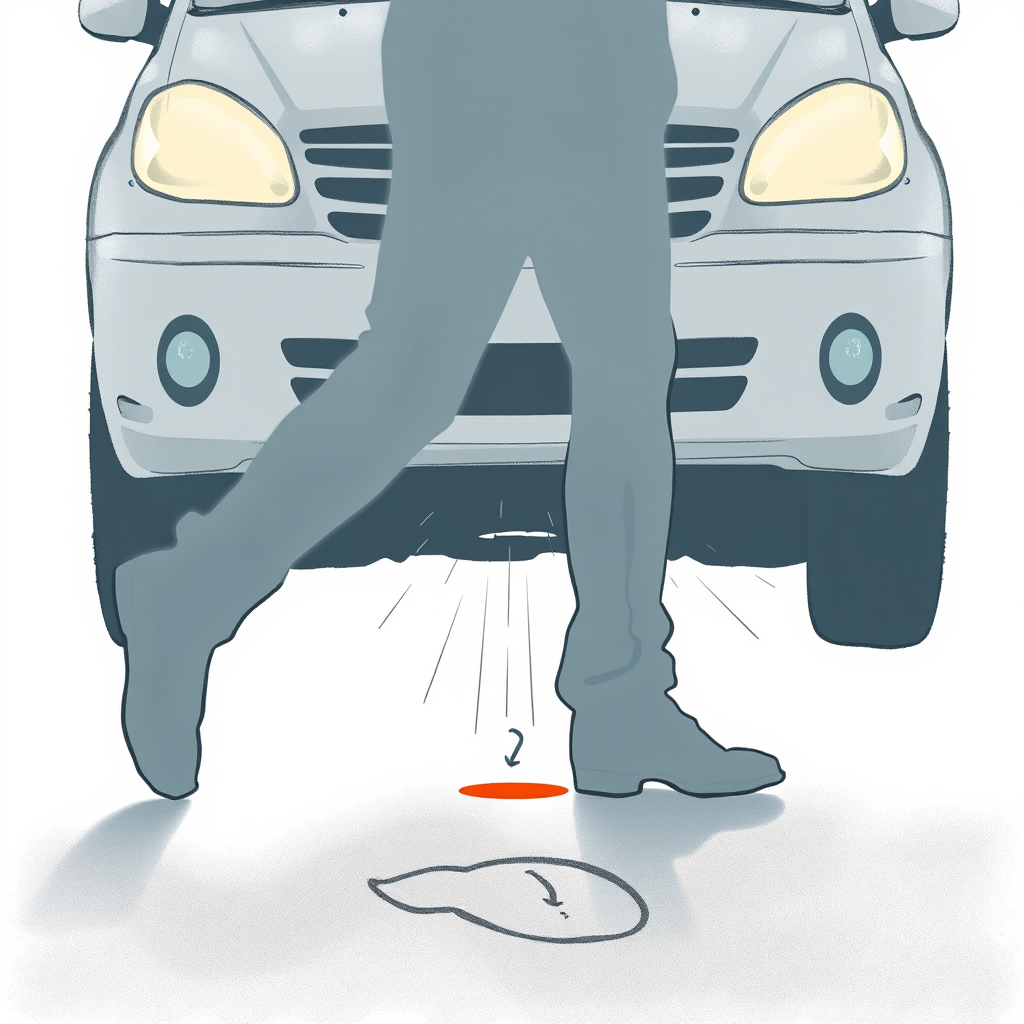Pedestrian Accidents: Common Injuries and Legal Options

Pedestrian accidents result in thousands of injuries and fatalities annually, leaving victims facing potentially life-altering consequences. Unlike occupants of vehicles, pedestrians have no protective framework, making them exceptionally vulnerable to severe harm in collisions with motor vehicles. Understanding the typical injuries sustained in these accidents is crucial, not only for victims seeking compensation but also for legal professionals handling these sensitive cases.
The severity of a pedestrian’s injuries is directly correlated to the speed of the impacting vehicle, the pedestrian’s age and pre-existing health conditions, and whether the pedestrian is thrown or dragged after the initial impact. Higher speeds invariably lead to more catastrophic outcomes. Initial impact often occurs with the lower limbs, resulting in injuries to the legs and knees. Pedestrians can then be propelled onto the vehicle’s hood or windshield, or even over the vehicle entirely, leading to further bodily harm and traumatic head injuries. Subsequent impacts with the ground compound these injuries.
The spectrum of injuries ranges dramatically, from minor abrasions to fatal trauma. Legal counsel can be invaluable in navigating the complexities of seeking compensation for these losses. Common injuries include:
Head and Brain Injuries: These represent some of the most severe and debilitating outcomes. While concussions may initially seem minor, they can lead to long-term headaches, dizziness, and cognitive impairment. Traumatic brain injuries (TBIs) can cause permanent deficits in brain function, affecting memory, speech, motor skills, and personality. Skull fractures are also common, often occurring when the pedestrian strikes the vehicle or the ground. These injuries require immediate medical attention and extensive rehabilitation.
Fractures and Broken Bones: Direct impact frequently results in fractures, commonly occurring in the legs, ankles, pelvis, arms, wrists, and ribs. The force of the impact can transform a simple fracture into a comminuted fracture – a complex break requiring multiple surgeries and a prolonged recovery period. Pelvic fractures can lead to long-term mobility issues, while spinal cord injuries can result in paralysis or other serious neurological impairments.
Soft Tissue Injuries: Beyond broken bones, the impact can cause significant damage to muscles, ligaments, and tendons. Sprains, strains, and tears are common, particularly in the knees, ankles, and shoulders. While often less visible than fractures, these injuries can be incredibly painful and limit mobility for weeks or months. Internal organ damage, such as contusions, lacerations, or ruptures of the spleen, liver, or kidneys, can also occur, posing life-threatening risks.
Abrasions, Lacerations, and Contusions: While seemingly less severe than internal injuries or fractures, scrapes, bruises, and cuts are almost always present in pedestrian accidents. Injuries can range from superficial abrasions to deep cuts requiring stitches. Road rash, resulting from being dragged across asphalt, is particularly painful and carries a risk of infection.
The long-term ramifications of these injuries extend far beyond immediate pain and medical bills. Victims often face months of physical therapy and rehabilitation, lost wages due to inability to work, and significant emotional trauma. The financial and psychological burdens can severely hinder recovery. This underscores the importance of legal representation to ensure victims receive fair compensation for their pain, losses, and ongoing care. It’s a sobering reality that pedestrian safety remains a critical public health concern, demanding increased awareness and preventative measures.